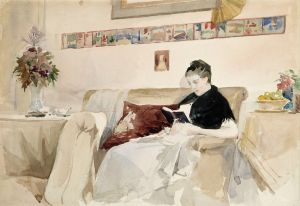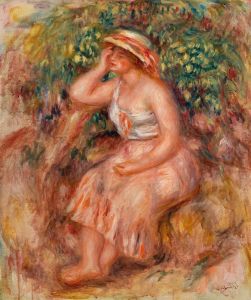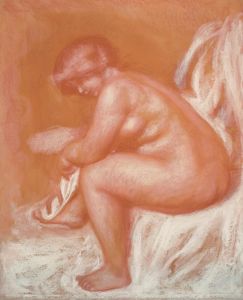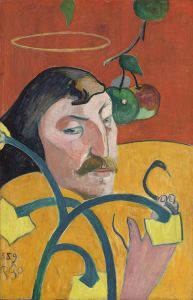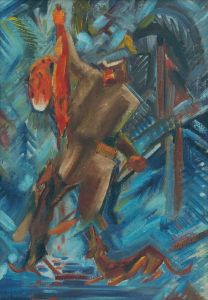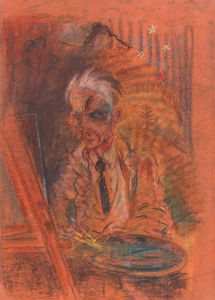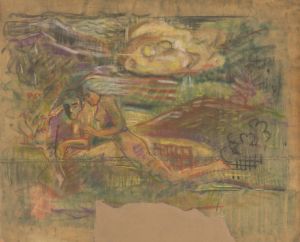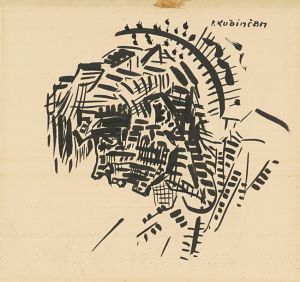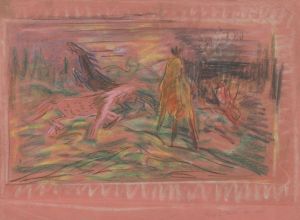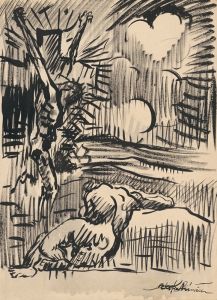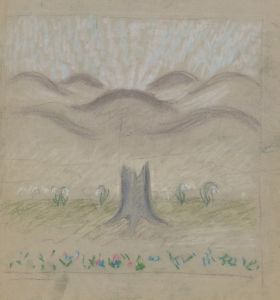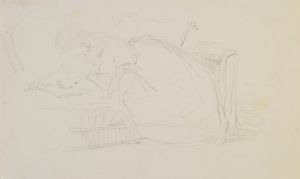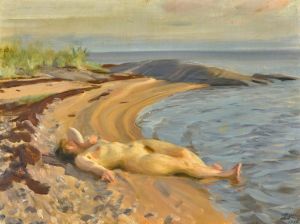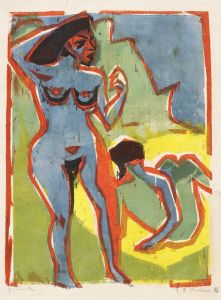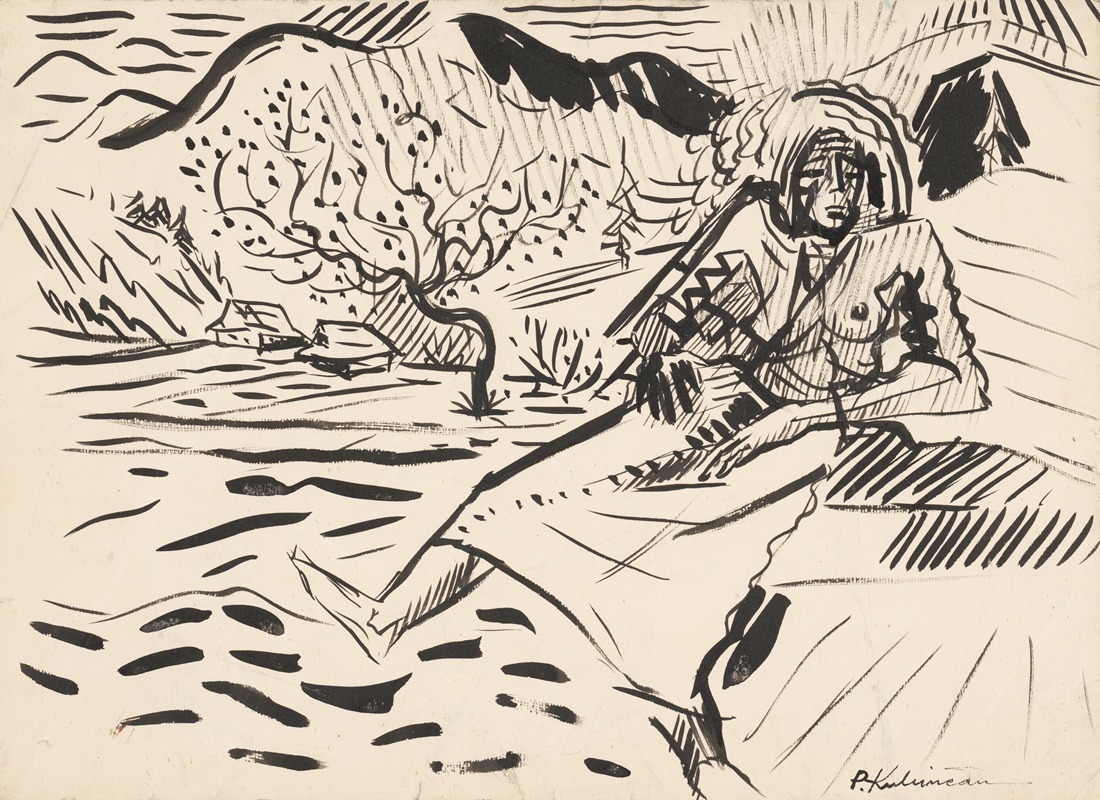
Seated Woman in a Landscape
A hand-painted replica of Arnold Peter Weisz-Kubínčan’s masterpiece Seated Woman in a Landscape, meticulously crafted by professional artists to capture the true essence of the original. Each piece is created with museum-quality canvas and rare mineral pigments, carefully painted by experienced artists with delicate brushstrokes and rich, layered colors to perfectly recreate the texture of the original artwork. Unlike machine-printed reproductions, this hand-painted version brings the painting to life, infused with the artist’s emotions and skill in every stroke. Whether for personal collection or home decoration, it instantly elevates the artistic atmosphere of any space.
Arnold Peter Weisz-Kubínčan was a Slovak painter known for his contributions to modern art in the early 20th century. One of his notable works is "Seated Woman in a Landscape," which exemplifies his unique approach to painting and his ability to blend elements of modernism with traditional themes.
"Seated Woman in a Landscape" is a painting that captures a serene and contemplative scene. The artwork features a woman seated amidst a natural setting, which is characteristic of Weisz-Kubínčan's interest in combining human figures with landscapes. This painting reflects his ability to convey emotion and mood through the use of color, composition, and form.
Weisz-Kubínčan was born in 1898 in Slovakia and was part of the vibrant art scene in Central Europe during the interwar period. His work was influenced by various modernist movements, including Expressionism and Cubism, which were prevalent during his time. These influences are evident in "Seated Woman in a Landscape," where the use of bold colors and abstract forms create a dynamic yet harmonious composition.
The painting is notable for its use of color, which Weisz-Kubínčan employed to evoke a sense of tranquility and introspection. The landscape serves as more than just a backdrop; it interacts with the figure, creating a dialogue between the human presence and the natural world. This interaction is a hallmark of Weisz-Kubínčan's work, as he often sought to explore the relationship between people and their environments.
Weisz-Kubínčan's career was tragically cut short due to the events of World War II. As a Jewish artist, he faced persecution under the Nazi regime, which ultimately led to his deportation and death in a concentration camp in 1944. Despite his untimely death, his work has continued to be celebrated for its artistic merit and emotional depth.
"Seated Woman in a Landscape" remains an important piece within Weisz-Kubínčan's oeuvre, showcasing his skill in blending modernist techniques with traditional subject matter. The painting is a testament to his ability to capture the essence of his subjects while also pushing the boundaries of artistic expression.
Today, Weisz-Kubínčan's work is appreciated for its historical significance and its contribution to the development of modern art in Slovakia and beyond. His paintings, including "Seated Woman in a Landscape," are held in various collections and continue to be studied and admired by art historians and enthusiasts alike.
In summary, "Seated Woman in a Landscape" by Arnold Peter Weisz-Kubínčan is a significant work that reflects the artist's modernist influences and his ability to convey deep emotion through his art. The painting stands as a poignant reminder of Weisz-Kubínčan's talent and the enduring impact of his artistic vision.





